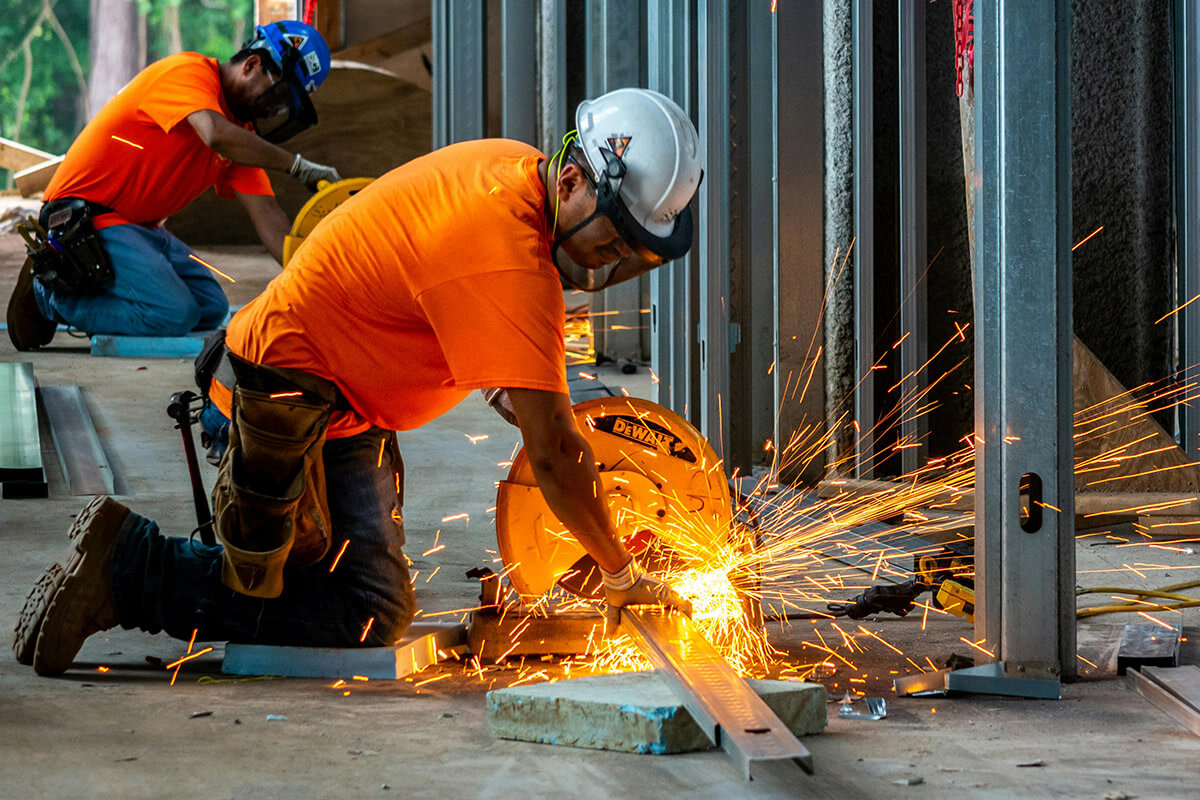 Retaining walls are among the most common structures in many Australian homes. They serve an important function in landscaping, helping to hold back soil and prevent erosion, providing structural support and creating terraced flat surfaces that can be used for patios or gardens. In this post, we take a closer look at the age-old question of what the ideal material for building retaining walls is. In particular, we examine the pros and cons of galvanised steel and concrete retaining walls to help you make a more well-informed decision for your own retaining walls.
Retaining walls are among the most common structures in many Australian homes. They serve an important function in landscaping, helping to hold back soil and prevent erosion, providing structural support and creating terraced flat surfaces that can be used for patios or gardens. In this post, we take a closer look at the age-old question of what the ideal material for building retaining walls is. In particular, we examine the pros and cons of galvanised steel and concrete retaining walls to help you make a more well-informed decision for your own retaining walls.
Galvanised Steel Retaining Walls
There are many advantages of using galvanised steel for your retaining walls. For one, galvanised steel is a very durable and weatherproof material. The galvanisation process ensures the steel is well-protected from rust and corrosion, enabling it to withstand even the harshest weather conditions and giving it a very long lifespan compared to many other building materials commonly used for retaining walls. At the same time, galvanised steel retaining wall posts are also relatively lightweight compared to materials like concrete, making them much easier to install.
However, if you’re not well-versed in working with galvanised steel, you may need to engage the help of a professional landscaper or contractor to install a galvanised steel retaining wall. This can result in additional costs. Moreover, galvanised steel is also a strong conductor of heat, and the heat it absorbs might affect nearby plants and structures.
Concrete Retaining Walls
Like galvanised steel, concrete is also a very popular material for retaining walls, and for good reason. Concrete’s high strength means that it can support significant loads, making it ideal for retaining heavy soils and larger structures. At the same time, because concrete can be moulded into a variety of shapes and sizes, it is highly customizable and can be used in a variety of different applications.
However, it is worth noting that installing concrete retaining walls is a more complex process as concrete takes time to cure. Depending on the type of concrete used, you may also need professional expertise and specialised tools. In addition, concrete is also susceptible to cracking, especially if you live in an area with frequent or significant temperature changes. This can affect not only the appearance of the concrete retaining wall but also its structural integrity.
Choosing Between Concrete and Galvanised Steel Retaining Walls
While concrete and galvanised steel retaining walls are both great for landscaping, which is the better option will depend on several factors, such as the intended use for the retaining wall and the environment you live in. If you are unsure which is the better option for you, consider engaging a professional landscaper for advice.
If you’ve decided to opt for steel, RW Steel has you covered. We are the number one supplier of galvanised steel retaining wall posts in Melbourne, and we offer a large selection of other steel products. Contact us today for more information!